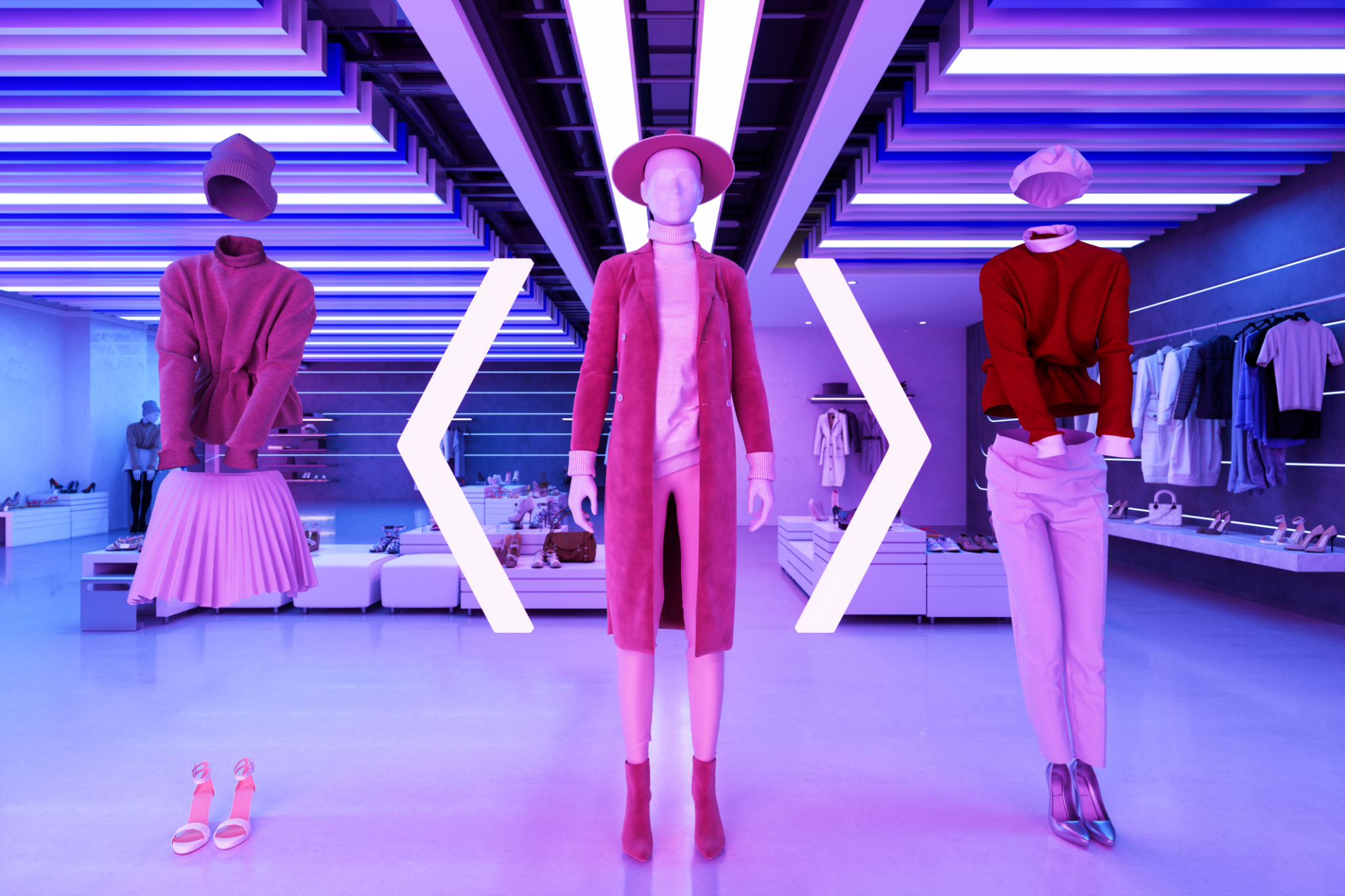Crowdsourced Fashion Feedback: How It Works and Why It Matters
Introduction to Crowdsourced Fashion Feedback
In the rapidly evolving world of fashion, staying ahead of trends and consumer preferences is crucial. One innovative approach that has gained traction is crowdsourced fashion feedback. This method leverages the collective insights and opinions of a diverse audience to refine designs and product offerings. But how exactly does this process work, and why is it so important for the fashion industry?

How Crowdsourced Fashion Feedback Works
Crowdsourced fashion feedback involves gathering input from a wide range of people, typically through online platforms. Designers and brands present their concepts or prototypes, and the crowd is invited to provide feedback. This can include comments on styles, colors, fit, and even suggestions for improvement. The feedback is then analyzed to identify common themes and preferences, which inform design adjustments and marketing strategies.
Brands often use social media, dedicated fashion forums, or specialized feedback apps to reach a broader audience. By tapping into this diverse pool of opinions, designers can gain valuable insights that might not be apparent from traditional focus groups or internal reviews.
The Benefits of Crowdsourced Feedback
The primary advantage of crowdsourced feedback is its ability to capture a wide range of perspectives. This diversity ensures that the resulting product appeals to a broader audience. For instance, what works in one market might not resonate in another, and crowdsourcing helps in identifying these nuances.

Additionally, engaging with consumers during the design process fosters a sense of community and loyalty. Customers feel valued when their opinions are heard and acted upon, which can enhance brand loyalty and advocacy. This collaborative approach also encourages transparency, as brands openly seek input and demonstrate a willingness to adapt based on customer needs.
Real-World Applications
Several major brands have successfully implemented crowdsourced fashion feedback. For example, some companies have launched "design your own" initiatives where customers vote on preferred designs or submit their own ideas for new products. This not only generates excitement but also results in a product line that truly reflects consumer desires.

Another application is in the sustainability sphere. By understanding what consumers value in terms of eco-friendly materials or ethical practices, brands can align their products with these expectations, thereby enhancing their market appeal while promoting sustainable practices.
Challenges and Considerations
While crowdsourcing offers numerous benefits, it also presents certain challenges. Managing a large volume of feedback can be overwhelming, and not all suggestions will be feasible or align with the brand's vision. It's essential for companies to strike a balance between consumer input and their creative direction.
Moreover, ensuring that the feedback gathered is representative of the target demographic is crucial. Brands must be cautious not to overly rely on feedback from a limited or biased audience, which could skew results.
Conclusion: The Future of Fashion Feedback
Crowdsourced fashion feedback represents a significant shift in how the industry approaches design and consumer engagement. By embracing this collaborative model, brands can create products that resonate more deeply with their audience while also fostering stronger customer relationships. As technology continues to evolve, the possibilities for crowdsourced feedback will only expand, offering even more opportunities for innovation in fashion.
